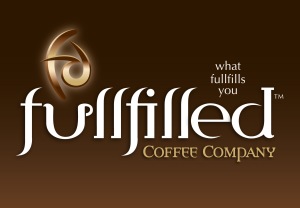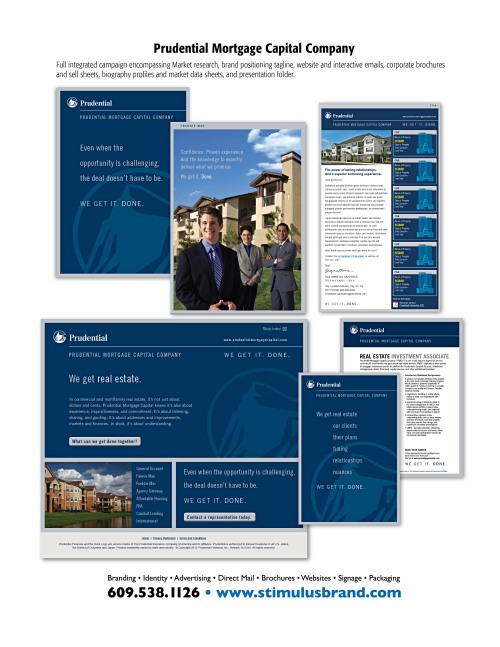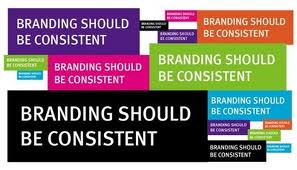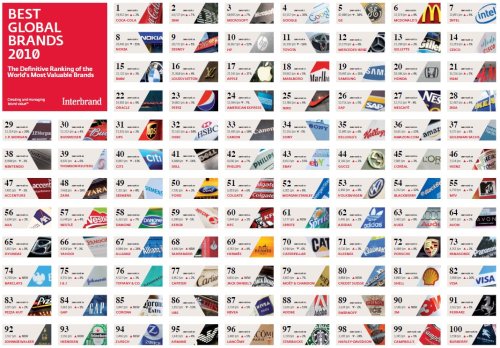A recent book entitled True Story: How to Combine Story and Action to Transform Your Business is creating a buzz in the marketing community. It is written by Ty Montague, a successful advertiser and the founder of co: collective, a consultancy that helps clients develop a brand story by using the principles of “storydoing” – rather than storytelling.
Basically, the 240-page book hammers home the point that marketing is not about telling a story to get people to like a brand. It’s about creating and activating the brand to behave in a manner that marries meaningful passion and action with a substantial consumer need. The best brands do not simply “tell a story,” they “live a story.” We can think of Apple, Nike, Virgin, Ralph Lauren as specific successes of this.
At StimulusBrand Communications, we perpetually seek to discover the heart of a client’s business, its leaders, and the products BEFORE beginning any promotional activities. Years of experience have demonstrated there is always a “story” behind every brand, which is often, in fact, the brand. If this story is then told and acted upon in a real, relevant way, there is a high chance the brand will be trusted, admired and successful.
Re cently, I spent a week in Santa Fe, New Mexico, working directly with a family planning the launch of a new kind of Coffee Café experience —called Fullfilled Coffee CompanyTM. The initial café will launch in Edmond, Oklahoma, with a planned opening in mid-2014. The experience will be similar to the well-known Starbucks brand – albeit with a warmer, more artsy ambiance and more emotionally and spiritually fulfilling vibe. Here, expression will be king! Customers will be encouraged to express what fulfills them. Coupled with their Community program entitled, Living Fullfilled InitiativeTM, the café owners will encourage community artists to submit their work for display in the café – and offer grants to advance artists’ crafts.
cently, I spent a week in Santa Fe, New Mexico, working directly with a family planning the launch of a new kind of Coffee Café experience —called Fullfilled Coffee CompanyTM. The initial café will launch in Edmond, Oklahoma, with a planned opening in mid-2014. The experience will be similar to the well-known Starbucks brand – albeit with a warmer, more artsy ambiance and more emotionally and spiritually fulfilling vibe. Here, expression will be king! Customers will be encouraged to express what fulfills them. Coupled with their Community program entitled, Living Fullfilled InitiativeTM, the café owners will encourage community artists to submit their work for display in the café – and offer grants to advance artists’ crafts.
I spent the first two days talking at length to the family members — asking and probing in order to get a strong and accurate feel for them, their business strengths and personal attributes. As we worked together to identify the brand “from the bottom up,” their passion was palpable.
As Stimulu sBrand Communications helps promote Fullfilled Coffee CompanyTM, we will use this as the backbone of the company’s story. By serving up a unique experience over coffee while exposing extraordinary talents in the region, the family can easily participate in “storydoing” to complement the storytelling, adding further authenticity to their brand.
sBrand Communications helps promote Fullfilled Coffee CompanyTM, we will use this as the backbone of the company’s story. By serving up a unique experience over coffee while exposing extraordinary talents in the region, the family can easily participate in “storydoing” to complement the storytelling, adding further authenticity to their brand.
In many ways, a true brand is like an onion, with many layers. As each layer is gently peeled away, the “truth” unfolds. And that, as I believe Montague would agree, is where the brand’s ultimate strength resides. Consequently, doing branding takes a little more effort than telling branding. But, doing it well is a very fulfilling experience!
— Tom McManimon
— Diane Blaszka

















